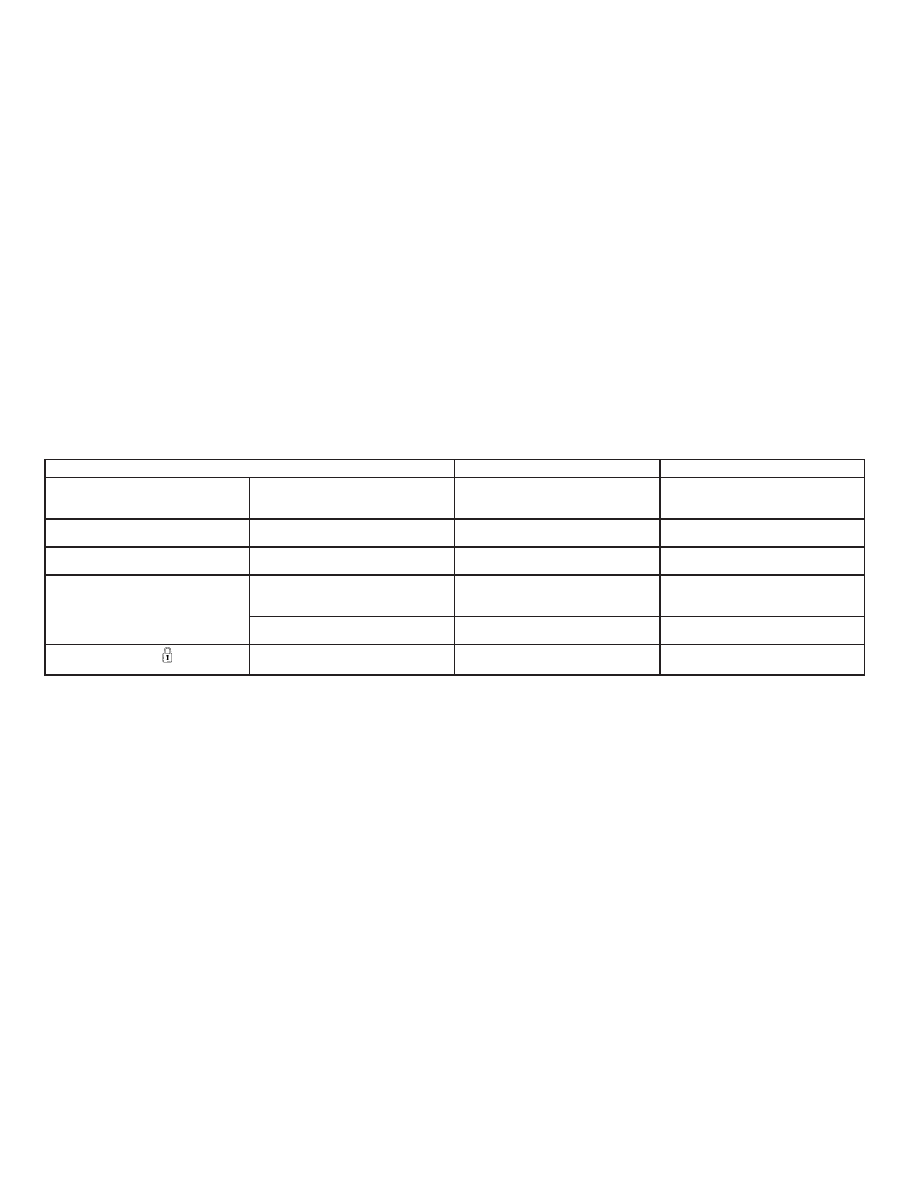Nissan Versa Note (2019 year). Instruction - part 10

TROUBLESHOOTING GUIDE
(Continuously Variable
Transmission only)
Symptom
Possible Cause
Remedy
When pushing the ignition switch to
stop the engine
The P (Park) warning light in the instru-
ment panel illuminates and the inside
chime sounds continuously.
The shift lever is not in the P (Park)
position.
Make sure that the shift lever is in the
P (Park) position.
When opening the driver’s door
A warning chime sounds continuously.
The ignition switch is in the ACC
position.
Place the ignition switch in the OFF
position.
When pushing the door handle re-
quest switch to lock the door
The outside chime sounds for a few
seconds.
The Intelligent Key is inside the vehicle.
Be sure to carry the Intelligent Key
with you.
When closing the doors
The P (Park) warning light in the instru-
ment panel illuminates and the out-
side chime sounds continuously.
The ignition switch is in the ACC or
OFF position and the shift lever is not
in the P (Park) position.
Make sure that the shift lever is in the
P (Park) position and place the ignition
switch in the OFF position.
The outside chime sounds for approxi-
mately 3 seconds and all doors unlock.
The Intelligent Key is in the vehicle.
Be sure to carry the Intelligent Key
with you.
When pressing the
button on
the Intelligent Key to the lock the door
The outside chime sounds for a few
seconds and all the doors unlock.
The Intelligent Key is inside the vehicle.
Be sure to carry the Intelligent Key
with you.
3-24
Pre-driving checks and adjustments